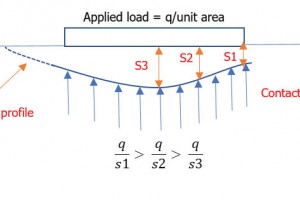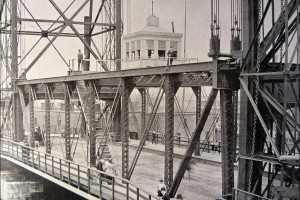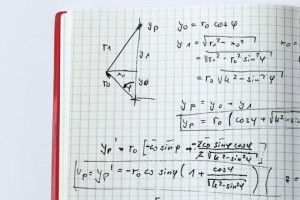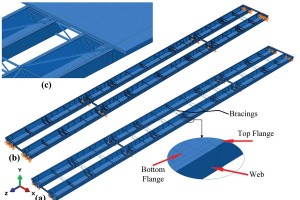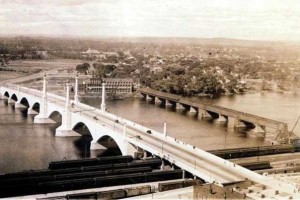WSP was an Award winner for its Hanking Center project in the 2017 Annual Excellence in Structural Engineering Awards Program in the Category – New Buildings over $100M.
The Hanking Center in Shenzhen is China’s tallest steel-framed structure, rising 70 stories and 1,140 feet, with over 1,000,000 square feet of office space above six levels of retail. Tour an office floor and you will find a wide-open space with views in all four directions, but you will not find a restroom or an elevator lobby. That is unless you cross a narrow bridge spanning the 35 feet back to the service core, which is a separate 68-story, 1,110-foot tower. …

